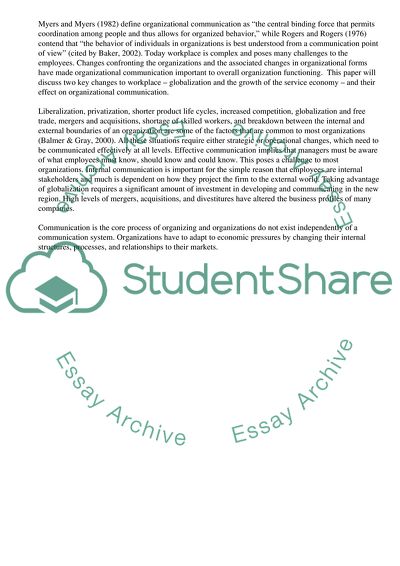Cite this document
(Communication Audit for Ascertaining the Quality of Organization Inter Literature review, n.d.)
Communication Audit for Ascertaining the Quality of Organization Inter Literature review. Retrieved from https://studentshare.org/management/1708944-managing-organisational-communication
Communication Audit for Ascertaining the Quality of Organization Inter Literature review. Retrieved from https://studentshare.org/management/1708944-managing-organisational-communication
(Communication Audit for Ascertaining the Quality of Organization Inter Literature Review)
Communication Audit for Ascertaining the Quality of Organization Inter Literature Review. https://studentshare.org/management/1708944-managing-organisational-communication.
Communication Audit for Ascertaining the Quality of Organization Inter Literature Review. https://studentshare.org/management/1708944-managing-organisational-communication.
“Communication Audit for Ascertaining the Quality of Organization Inter Literature Review”. https://studentshare.org/management/1708944-managing-organisational-communication.


